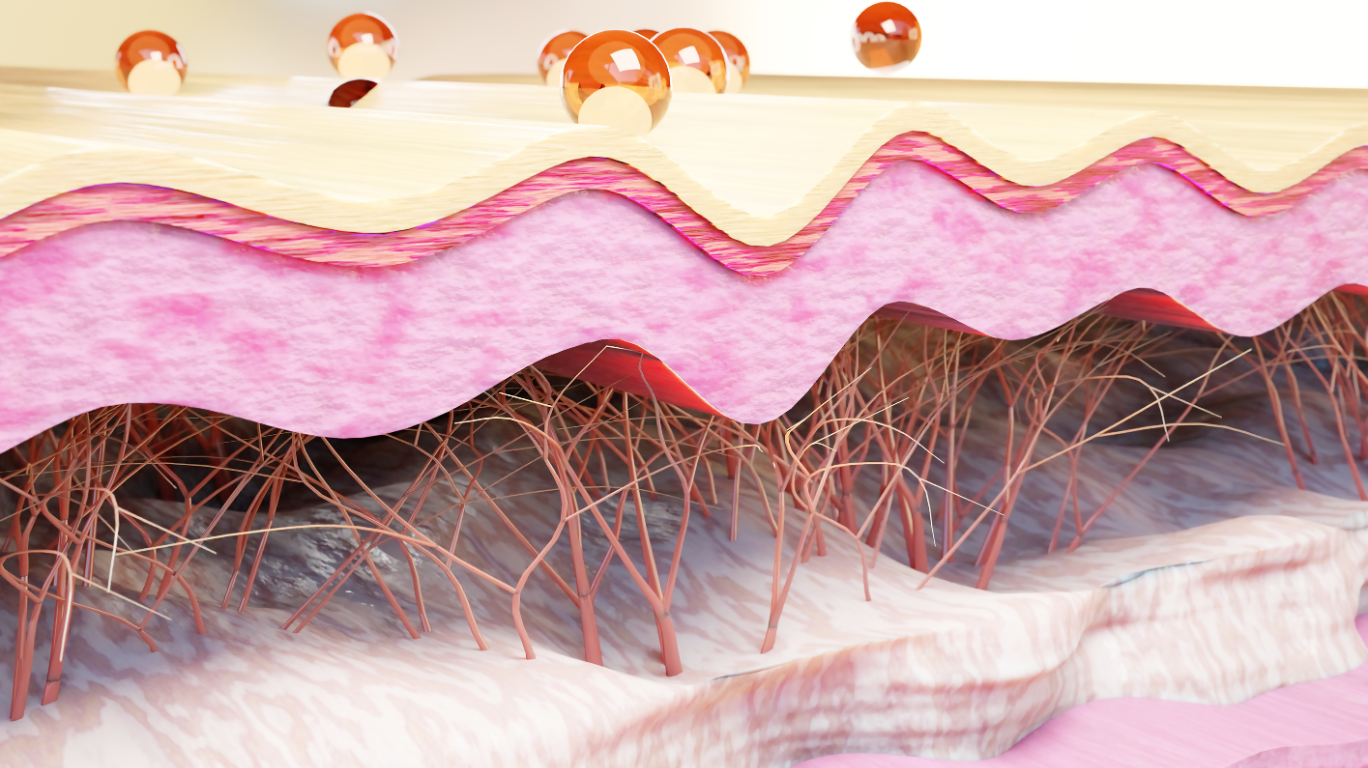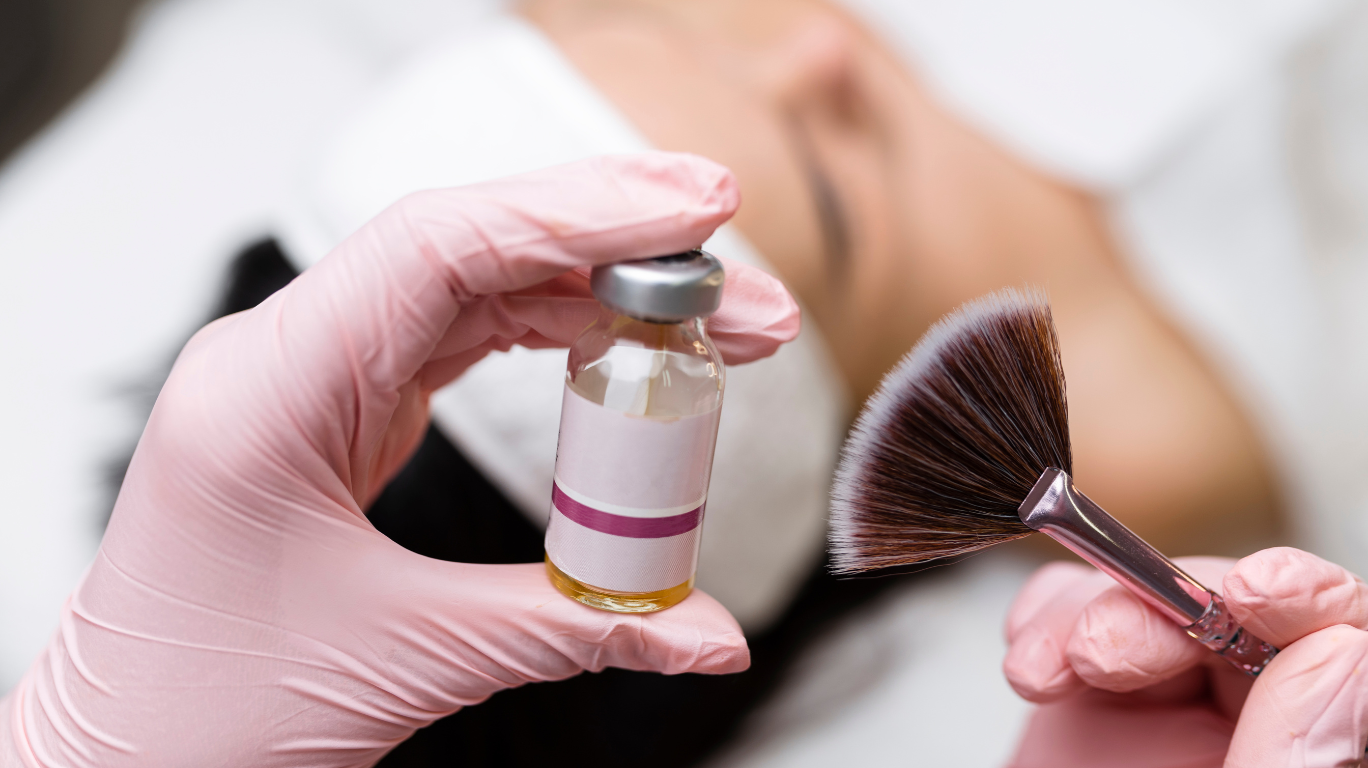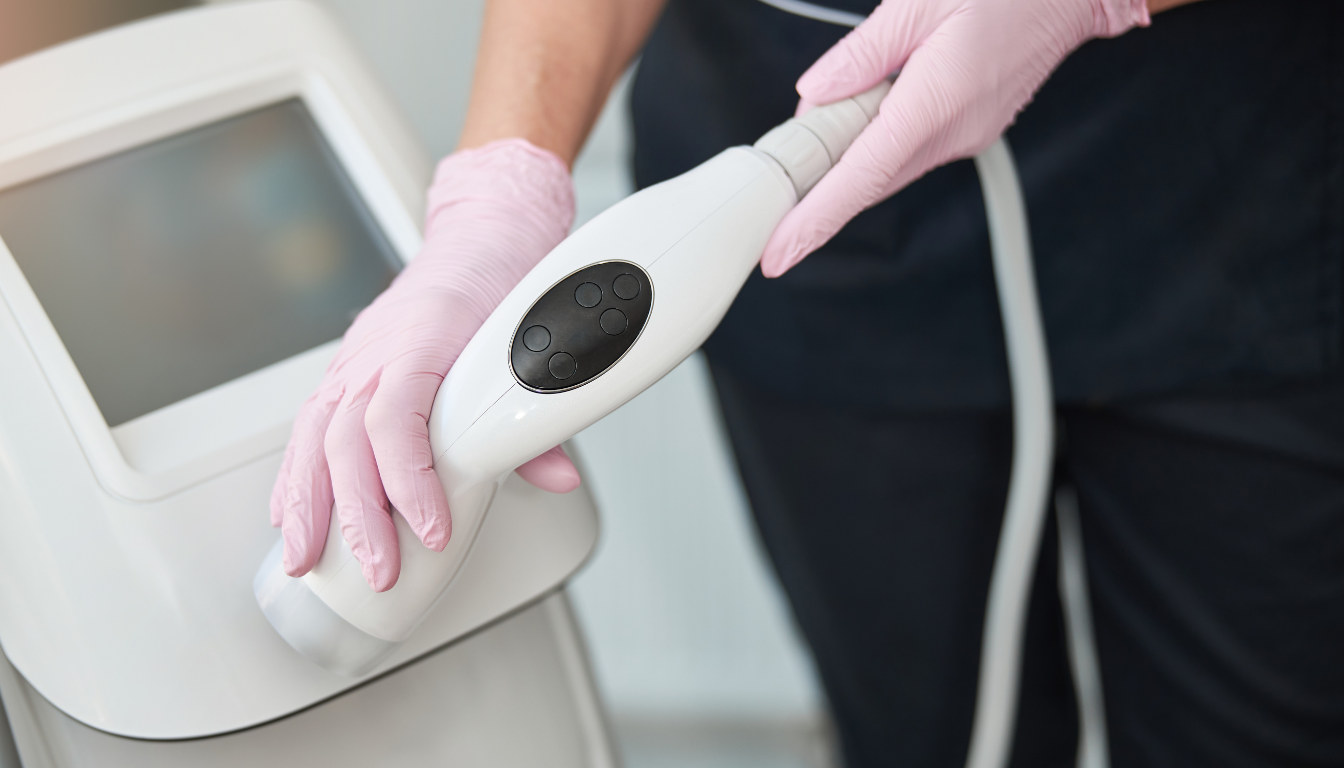Share Post:
The field of esthetics in Quebec is rich and varied, encompassing a wide range of professionals from traditional estheticians to medical estheticians. While both roles aim to enhance the beauty and health of the skin, they differ significantly in terms of education, training, scope of practice, and the services they provide.
What is an Esthetician?
An esthetician, also known as a skincare specialist, provides routine skin care services and cosmetic treatments. They work in beauty salons, spas, and cosmetic departments of retail establishments such as pharmacies and department stores. Their services include makeup applications, facials, manicures, pedicures, waxing, and body treatments. They may also offer advice on the services and products available, as well as hygiene and makeup.
In Quebec, estheticians are required to undergo specific training programs. For instance, a Secondary AVS in Épilation or a DVS in esthétique are common qualifications. The job prospects for estheticians in Quebec are moderate, with employment growth leading to several new positions.
What is a Medical Esthetician?
A medical esthetician is a specialized position within the field of skincare. They undergo additional training to work in a medical setting, such as a dermatology office. Medical estheticians can provide all the services of basic estheticians, but they usually work on patients with more complex skincare needs. These include treating rashes, severe acne, burns, skin traumas, major blemishes, and aging skin.
Medical estheticians in Quebec can find employment in medical or dermatological clinics, and hair care and hair transplant clinics. They are trained to perform specific treatments like microdermabrasion, cool sculpting, cellulite reduction, complex chemical peels, and skin rejuvenation using potent acids. However, it’s important to note that while medical estheticians can assist in some body treatments, they are not authorized to administer treatments such as Botox injections, dermal fillers, medical-level dermabrasion, or deep skin peels.
Comparing the Two
While both estheticians and medical estheticians work towards enhancing an individual’s physical appearance, the key difference lies in their level of specialization and the complexity of the cases they handle. Medical estheticians are equipped to deal with more complex skincare needs due to their additional training and medical knowledge. They are often found in medical settings, providing treatments for more severe skin conditions.
On the other hand, estheticians focus more on routine and cosmetic skin care services. They are typically employed in beauty salons, spas, and cosmetic departments of retail establishments. Their services are usually cosmetic and include treatments such as makeup applications, facials, manicures, pedicures, waxing, and body treatments.
In terms of job prospects in Quebec, both professions have a promising outlook. The beauty and personal care sector in Canada is expected to grow annually by 1.98 percent. However, medical estheticians may have more diverse employment opportunities due to their specialized skills and ability to work in medical settings.
Estheticians
Estheticians primarily provide skincare services to those with healthy skin in non-medical settings such as spas and salons. They are trained to perform a variety of treatments, including:
- Makeup application: Estheticians are skilled in applying makeup and can offer consultations, color matching, and professional makeup application services. Learn more about esthetician services.
- Facials: They can perform a variety of facial treatments to help clients with skin concerns like acne, dryness, fine lines, melasma, rosacea, and hyperpigmentation. Discover the range of services estheticians provide.
- Hot stone therapy: This is a type of massage therapy that involves the use of smooth, heated stones.
- Microdermabrasion: This is a minimally invasive procedure used to renew overall skin tone and texture. Understand the key differences between medical estheticians and estheticians.
- Chemical peels: These treatments are used to improve the skin’s appearance by applying a chemical solution to the skin, which makes it “blister” and eventually peel off.
- Body wraps: These treatments involve wrapping the body in a mask made of algae, seaweed, mud, clay, lotion, or cream, then wrapping it again in plastic, linen, or thermal blanket.
- Waxing: Estheticians are trained to remove unwanted hair from various parts of the body using wax.
- Eyelash extensions and eyebrow tinting: These services enhance the length, curliness, fullness, and thickness of natural eyelashes and the color of the eyebrows.
- Salt glow body treatment: This is a popular body treatment that exfoliates and hydrates the skin, leaving it smooth and soft.
Medical Estheticians
Medical estheticians, on the other hand, work in medical settings like hospitals, clinics, and medical spas, often alongside doctors and nurses. They are trained to perform more advanced treatments, including:
- Medical chemical peels: These are similar to regular chemical peels but are often more intense and are used to treat more serious skin issues. Explore what medical estheticians do.
- Exfoliation: This is the process of removing the top layer of dead skin cells, which can help to refresh the skin’s appearance.
- Photofacials: These treatments use light-based technology to boost collagen, lighten brown spots, and diminish broken capillaries.
- Advanced hair removal: This can include laser hair removal or electrolysis. Learn about medical aesthetics training.
- Lymphatic drainage: This is a type of massage that helps to stimulate the lymphatic system and reduce swelling and fluid retention.
- Pre- and post-surgical skincare: Medical estheticians can provide care for patients before and after they undergo surgical procedures.
- Tattoo removal: This involves the use of lasers to break down the ink particles in a tattoo.
- Complex acne treatments: These treatments can include a variety of methods, such as topical medications, oral medications, or procedures like chemical peels or light therapy.
- Body treatments with lasers, microdermabrasion, dermaplaning, and advanced chemical peels: Medical esthetician schools provide the necessary training for these advanced procedures.
Medical estheticians nor estheticians can perform PRP facials or for hair loss, fillers, botox, laser skin resurfacing and teeth whitening in Quebec.
Understanding the differences between estheticians and medical estheticians is crucial for those looking to pursue a career in skincare or those seeking the right type of skincare treatment. Both play vital roles in the beauty and health industry, but their scope of practice and the settings in which they work differ significantly. Find out more about the esthetician profession.
Education and Training
In Canada, both medical and traditional estheticians are required to have a high school diploma or its equivalent. They must also complete an esthetic school program or a related college program. Bryan College, for example, offers a comprehensive medical esthetic course that spans 40 weeks. This course covers a variety of specialized treatments, including waxing techniques, laser hair reduction, skin treatments, lymphatic drainage, vein removal, and photo/fractional facials.
On the flip side, traditional estheticians in Quebec often receive their training through vocational programs. These programs equip them with the necessary skills to provide aesthetic care to diverse clientele, offer consultation services, sell care packages and cosmetic products, and provide personalized services. More information on becoming an esthetician in Canada can be found here.
Scope of Practice
Medical estheticians are qualified to perform all the same techniques as traditional estheticians, but they also take on the responsibility of advising patients on post-treatment skincare. They typically work alongside doctors and nurses in medical settings, providing specialized treatments.
In contrast, traditional estheticians focus on providing a variety of facial and body treatments for aesthetic purposes. They treat minor skin issues, apply makeup, perform manicures and pedicures, remove body hair, and advise customers on services, products, hygiene, and makeup.
Regulations and Licensing
The esthetics industry in Quebec has seen calls for stricter regulations, particularly concerning the use of lasers, injections, and other equipment that could pose risks to patient health. The Collège des médecins du Québec has raised concerns about these practices.
You need to make sure your private esthetics course is accredited by APESEQ. Otherwise, if you ever have a legal claim against you and the insurer verifies you are not part of a designated body in Quebec, they will refuse your claim and you will have to pay all the lawyer fees yourself.
Despite these concerns, there are currently no specific licensing requirements for skincare specialists in Quebec. However, practitioners providing personal services must adhere to infection control procedures, as outlined in guidelines like those provided by the National Collaborating Centre for Environmental Health.
Services Provided
Medical estheticians are trained to offer a wide range of specialized treatments, from waxing and laser hair reduction to skin treatments, lymphatic drainage, vein removal, and photo/fractional facials.
Traditional estheticians, meanwhile, provide services such as makeup application, manicures, pedicures, hair removal, and advice on products, hygiene, and makeup. They also perform examinations of the skin, nails, and hair.
Conclusion
Whether you are considering a career in esthetics or seeking esthetic services in Quebec, it is crucial to understand the differences between medical and traditional estheticians. By doing so, you can make informed decisions about your education, career, or choice of esthetic services.
For those interested in exploring this field further, resources like the Quebec government’s guide to trades and occupations and St. Clair College’s Advanced Medical Esthetics Practitioner program provide valuable information.
Stay Connected
More Updates

Laser Skin Rejuvenation: Turning Back the Clock on Skin Damage
Share Post: Laser Skin Rejuvenation: Turning Back the Clock on Skin Damage As advancements in skincare technology continue to evolve, we are proud to offer

Chemical Peels: Unveiling New, Youthful Skin Layer by Layer
Share Post: Chemical Peels: Unveiling New, Youthful Skin Layer by Layer Embarking on the journey of facial rejuvenation, our exploration takes us to the

Lipo Cavitation: A Non-Surgical Approach to Body Contouring
Share Post: Lipo Cavitation: A Non-Surgical Approach to Body Contouring At Reimagine Clinic, we understand the complexity of body image and the desire for
